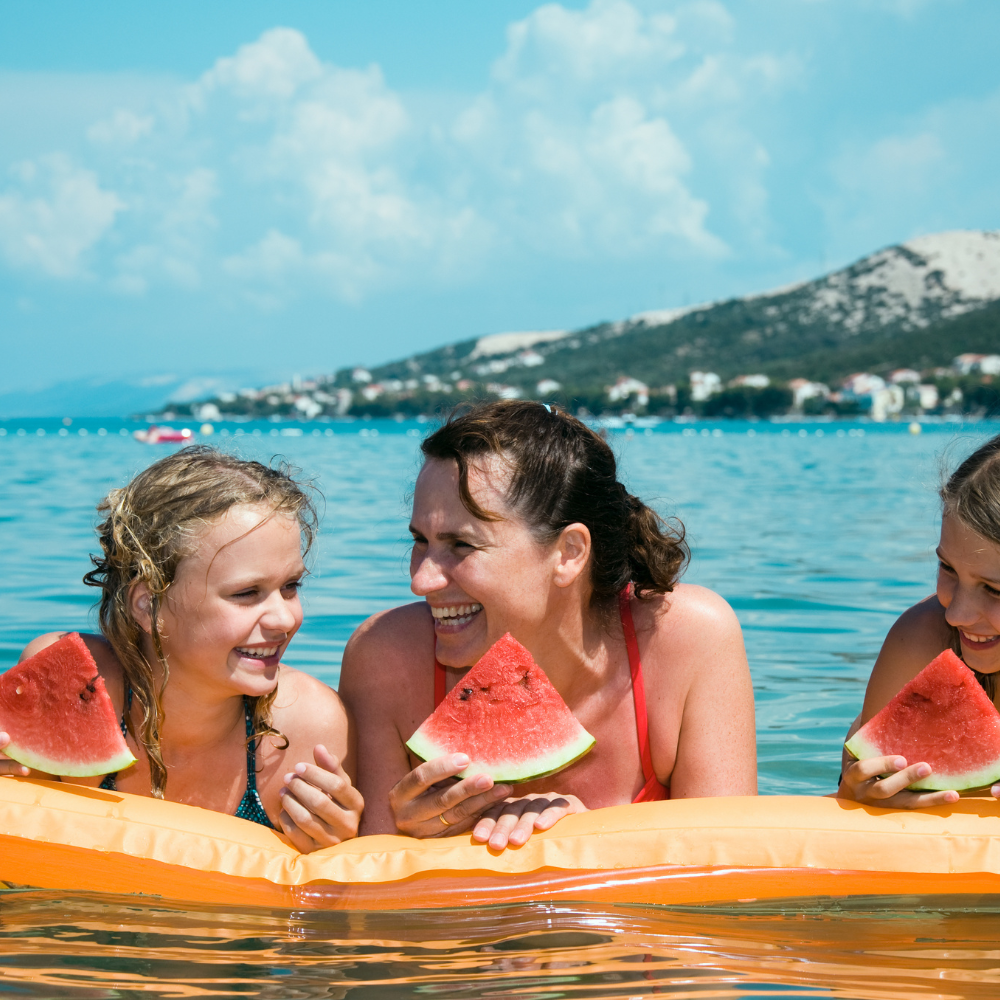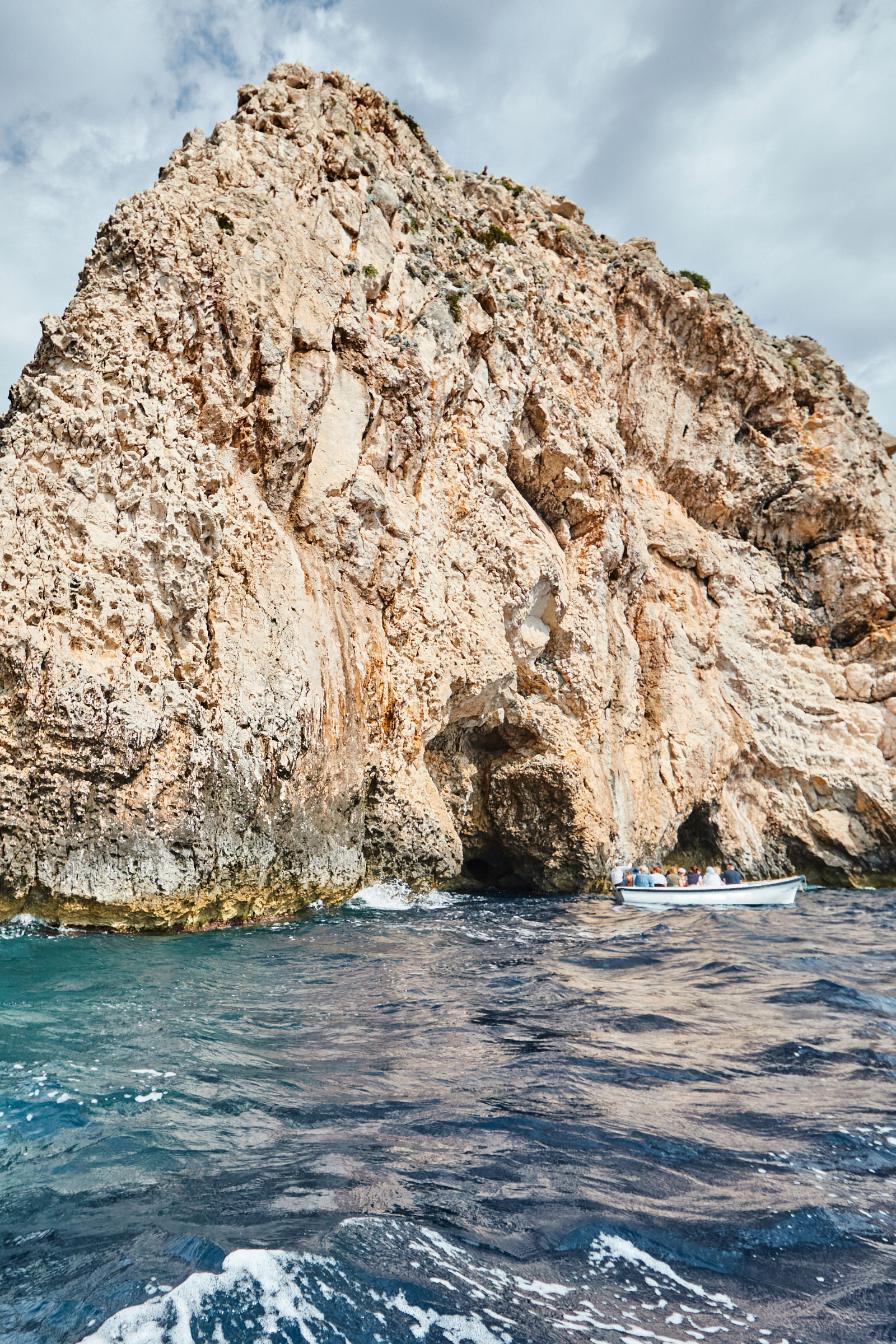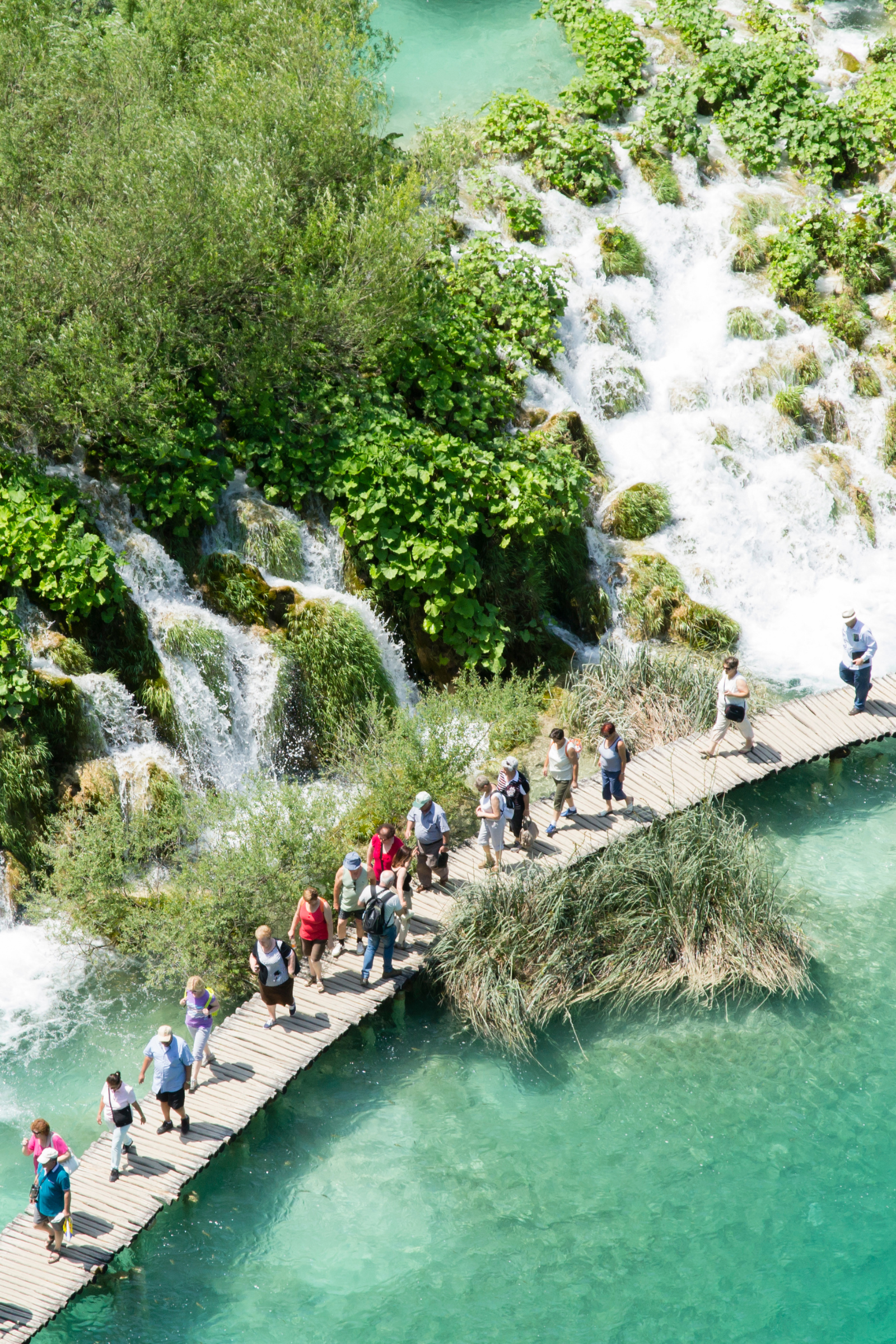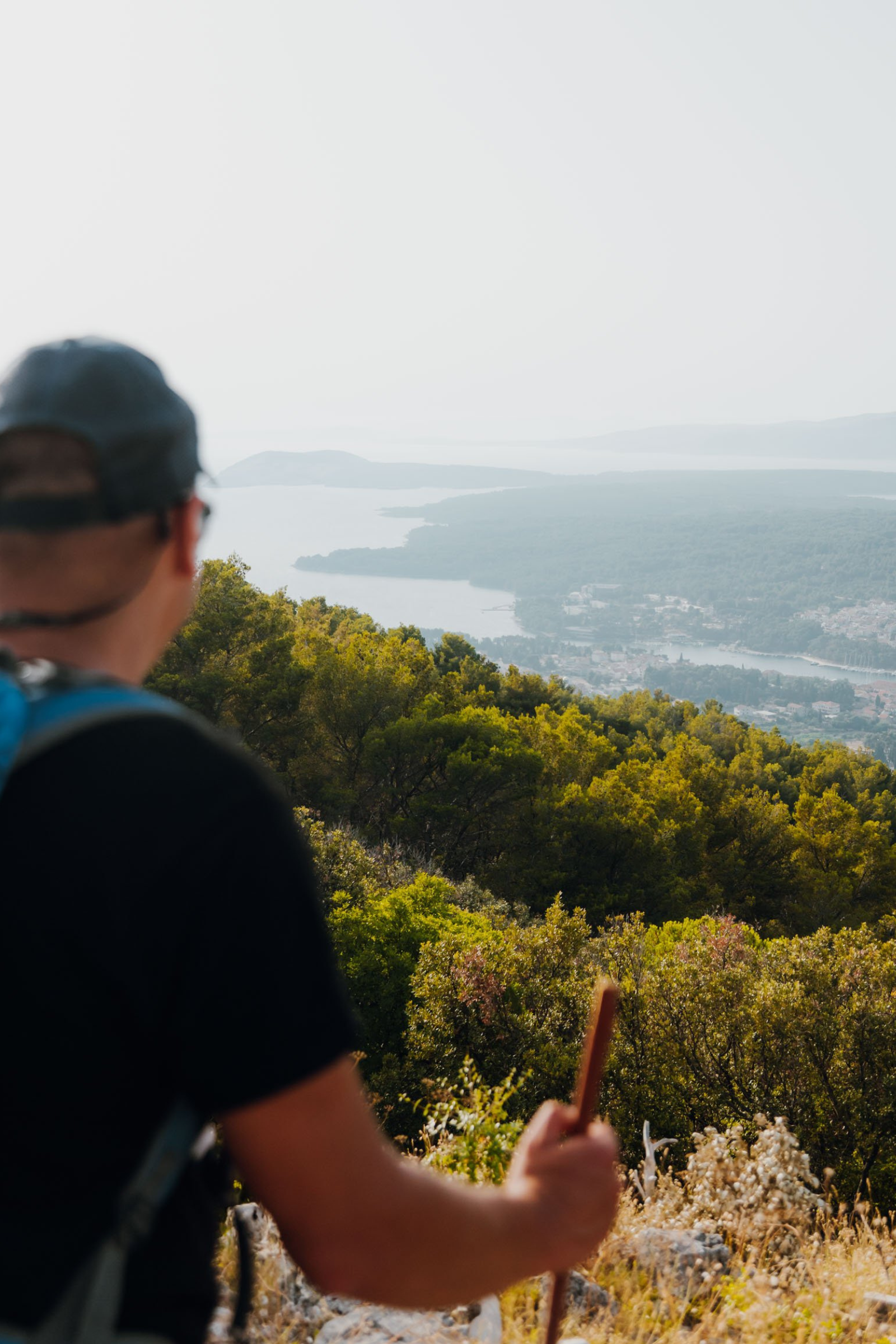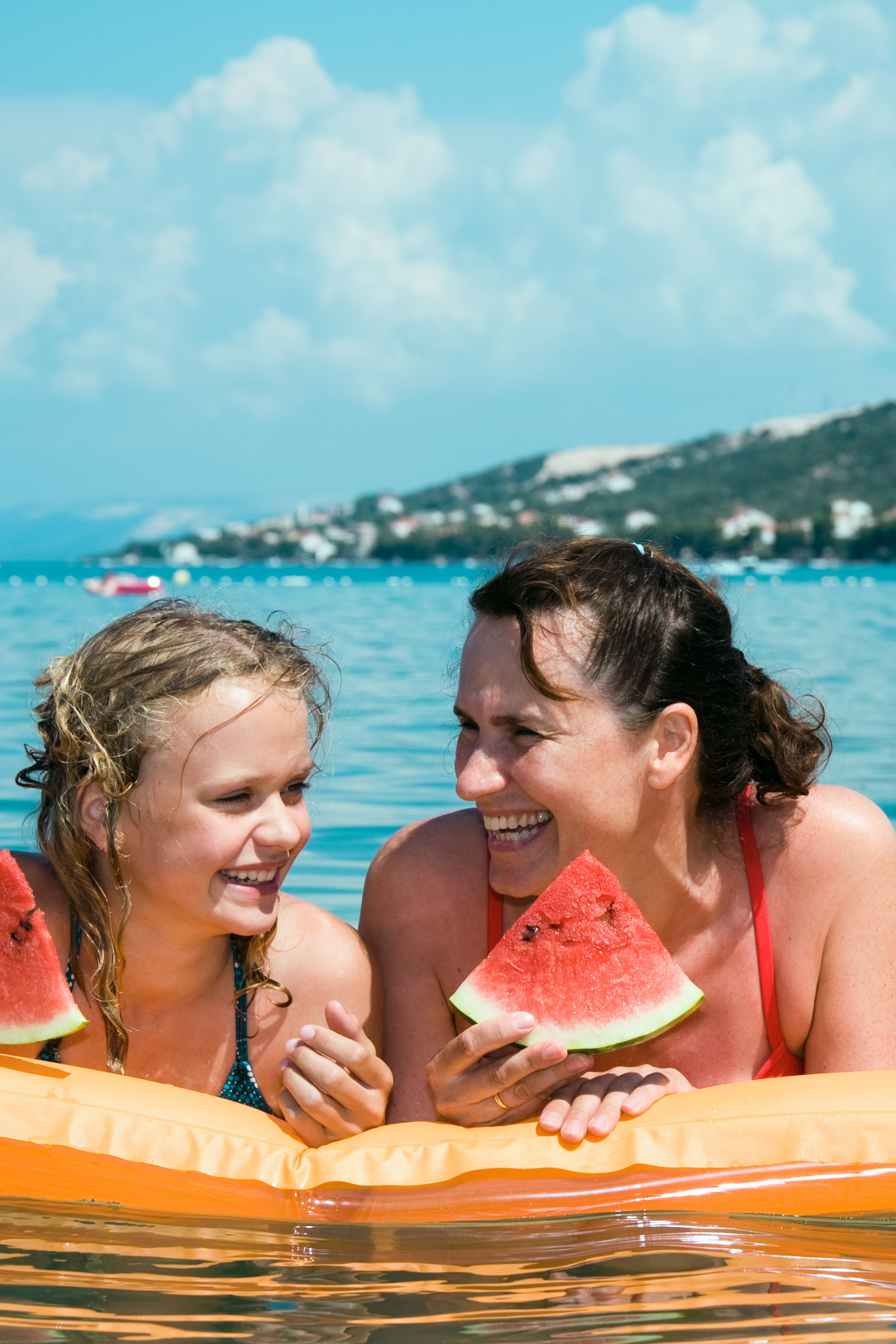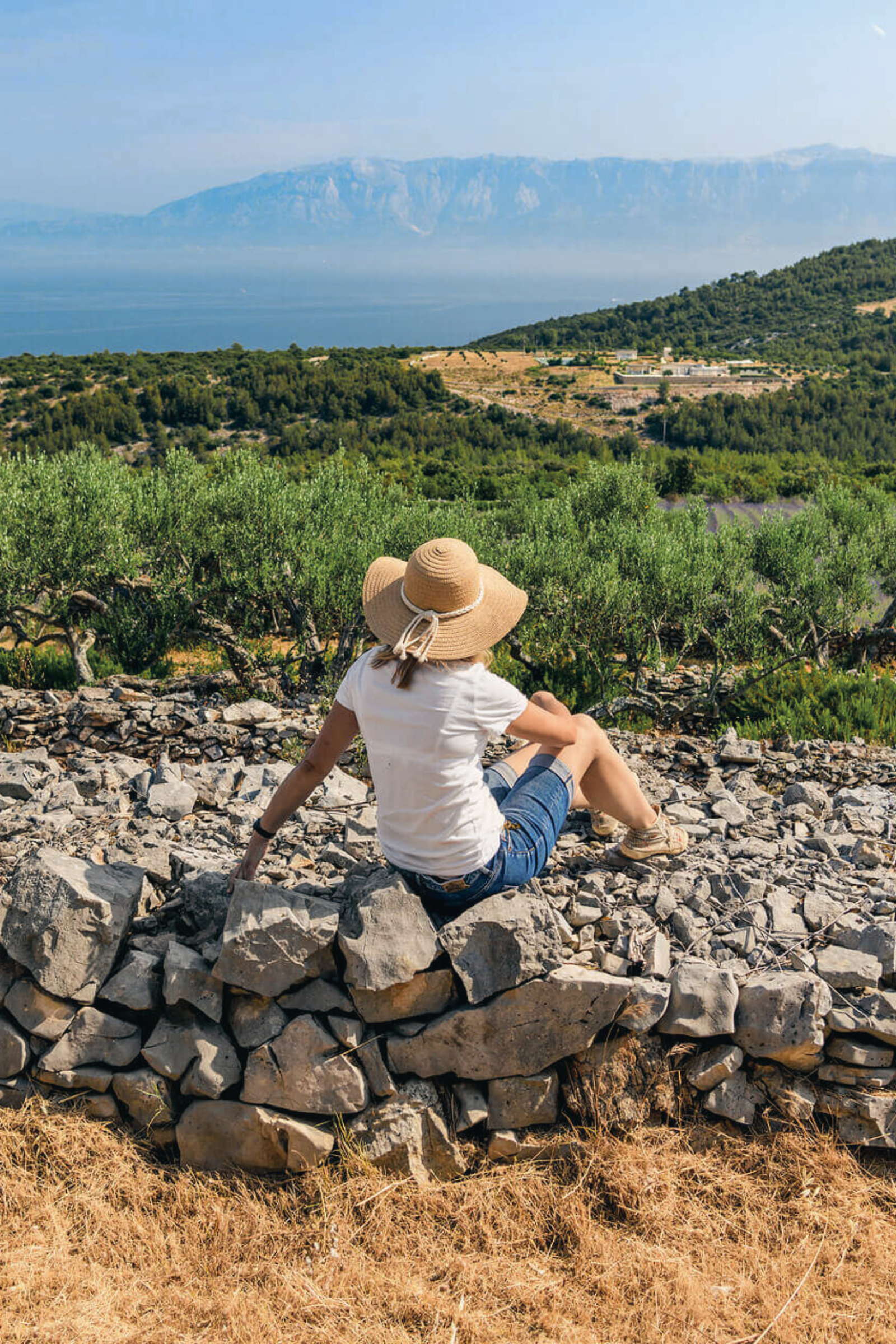Guide to Wines on Hvar: Hvar’s Varietals, Producers, and More
As far back as written history goes, there has been wine on Hvar. Greeks from the island Paros first brought grapes to the island 2,400 years ago when they settled Stari Grad, which they named Faros. The Parians divided up the Ager (now called Stari Grad Plain) into large estates, which their nobility cultivated for several centuries until they were displaced by Romans. Today, the landscape stands as the world’s longest cultivated vineyard and looks much as it did then: a patchwork of fields, vineyards, and orchards – although at that time, the forest would probably have been mostly oak and black pine, later harvested by Venetians to build their great capital across the Adriatic.
Growing Wine on Hvar
In spite of this incredible story, wines from Hvar – and Croatia more broadly – are something of a rarity beyond national borders. Dalmatian wines are often overshadowed by more well-known wine regions in Europe, such as Bordeaux, Burgundy, and Tuscany. Additionally, Dalmatian wines can be difficult to find outside of Croatia, as many wineries in the region are small and family-owned, and may not have the resources to export their wines on a large scale.
Many of Hvar’s best grapes are grown on the south side, where limestone soil and double solar supply – from the sky and from the sun’s reflection off the sea – deliver a uniquely powerful fruit. These fields are so steep that machines for managing vines cannot be used. Every sun-struck, laborious meter needs to be tended, trimmed, and harvested by hand.
Likewise, many Dalmatian winemakers use old-fashioned techniques, such as fermenting the wine in open-top barrels and aging it in large oak casks, which can produce wines that are more rustic and less polished than those made with modern winemaking methods. In other words, it is rare to encounter a “grocery store chardonnay” at a Dalmatian vineyard, although one or two more commercial producers are moving in that direction.
Several winemakers are experimenting with natural fermentation or have always used the technique. Natural fermentation means that wines are created without the acceleration and predictability of commercial enhancements. You can think of this as the difference between sourdough bread and bread made from packaged yeast; both are lovely, but the natural method results in a uniqueness and depth of flavor that more standardized products cannot match.
This all adds up to an unparalleled experience for people who love wine and winemakers. In most tasting rooms, you will speak with the winemaker himself or a close family member. You will try however many wines you like in a leisurely environment – no timed tastings, no formality. And if you choose, you will walk away with an armful of superb bottles at a very reasonable price. We can more or less guarantee that your biggest frustration will be finding space in your luggage for all of your delicious finds. On Hvar, wine is as it should be: passionate, creative, unpretentious, and natural.

Varietals of Wine on Hvar
There are about 100 different grape cultivars on island Hvar. These are some of our favourites, including native varietals and the most popular styles.
Reds
Drnekuša
One of the rarer varietals of wine on Hvar is Drnekuša. It is native to the island and has been grown here since time immemorial, mainly on Stari Grad Plain and the area known as Vor (the island’s uplands). The plant needs deep fertile soils and has a thin skin, vulnerable to fungus, so it must be carefully tended. The local dialect name for this grape is darnekuša.
Drnekuša is a lighter wine than the ubiquitous (in Dalmatia) Plavac Mali. It has a deep ruby colour and aromas of strawberry and ripe cherry. It is sometimes made into a dessert wine called prošek or blended with Plavac. Ivo Duboković in Jelsa occasionally offers a 100% Drnekuša blend. You can read more about him below in our list of favourite winemakers.

Plavac Mali
Plavac Mali is a red grape variety native to Croatia, primarily grown in the southern Dalmatian region, particularly on the Peljesac peninsula and here on island Hvar. The name "Plavac Mali" translates to "little blue," referring to the small, dark berries of the grape.
Plavac Mali is a cross between two other grape varieties, Crljenak Kaštelanski (also known as Zinfandel or Primitivo) and Dobričić, both also native to Croatia. The grape is known for its high tannins and acidity, producing full-bodied wines with intense flavours of dark fruits, such as blackberry, black cherry, and plum. The wines also often have herbal and spicy notes, as well as a distinct minerality.
Plavac Mali is sometimes aged in oak barrels to soften its tannins and add complexity to the wine. It is commonly used to produce dry red wines, although it can also be used to produce rosé and dessert wines. Plavac Mali wines can be enjoyed young, but they also have the potential to age for several years, developing even more complex flavours and aromas.
Whites
Bogdanuša
Bogdanuša is a white grape variety grown primarily on Hvar, particularly in the villages of Jelsa and Vrboska. The name "Bogdanuša" means "gift from God" in Croatian, and it is considered to be one of the most important and unique grape varieties of the region, playing an important role in religious feast days historically.
Bogdanuša is a very old grape variety, and its exact origins are not known. It is a low-yielding grape variety, which produces small clusters of round, greenish-yellow berries. The grape is known for its fresh, floral aromas and flavours of citrus, apple, and peach. It is also known for its bright acidity, which gives it a refreshing and lively character.
Bogdanuša is typically used to produce dry white wines, although it can also be used to produce sweet and fortified wines. The wines made from Bogdanuša are often light-bodied and crisp, with a delicate texture and a mineral finish. They are best enjoyed young, although some high-quality examples can age for several years.

Maraština
Maraština, also called Rukatac, Krizol, Višana, or variations thereof, is a white wine native to Dalmatia, although it is identical to the Tuscan Malvasia Bianca Lunga or Malvasia del Chianti. Rarely seen now, Maraština used to be fairly ubiquitous, but has in recent years been eclipsed by the extremely popular Pošip as the predominant local white.
Croatian winemakers have taken up the challenge to resurrect Maraština, and again Duboković has produced a unique and successful orange wine with a macerated and unfiltered maraština obtained without controlled boiling temperature and after a longer ageing process.
Prč
Prč is another indigenous white grape, originating from Sućuraj on the island’s far eastern tip. This wine has a reputation as an aphrodisiac, and was such a hit with the Viennese during Hvar’s heyday as a wine exporter that the Austro-Hungarian Empire introduced a direct ferry connection between Sućuraj and Trieste in order to meet the thirst for Prč.
The winemaker Vjekoslav Vujnović heroically rescued Prč from near oblivion in the 1990s, when he scoured the abandoned vineyards of Sućuraj for seedlings. He now has some three to four thousand vines under cultivation.
Prč has a golden colour and is named for the compressed, spiky shape of its grape clusters. It has a specific aroma of muscat or nutmeg and a strong flavour.
Our Favourite Winemakers on Hvar
Because wine and wine-making play such a central role in the history and ecology of island Hvar, we particularly appreciate stewards of that legacy who eschew chemical insecticides, fungicides, and herbicides – the use of which has caused significant damage to wildlife and human health here in recent years. These are some environmentally responsible and truly gifted winemakers we love to spend time with
Brothers Plančić in Svirče
Enjoy wines crafted with a passion bordering on obsession in the most laid back setting you can possibly imagine. You will feel like you’ve just stopped by your friend’s back porch, who just happens to serve up home-cured olives and a flight of wildly inventive, consistently palate-pleasing wines.
Ivo Duboković in Jelsa
Ivo Duboković is a mad genius and restless experimenter. A tasting in his cellar, atmospherically lit by candles, will take you through half a dozen or more micro-batches that this multi-generational vinarija makes by hand.
The Lacman Family Winery in Selca kod Starog Grada
This operation makes creative natural wines with labels featuring playful drawings from the family’s young daughters. Lacman might have the most dramatic tasting room on the island, a veranda built practically onto a cliff, high over Stari Grad bay.

Adding Your Chapter to the Story
Once you’ve gotten to know some winemakers locally, ask around about working on a grape harvest or apprenticing in the fermentation process. You could wind up following the path of Jo Ahearne, a Master of Wine who relocated to Hvar in 2014 after working in the most famous wine regions in the world.
After working in the most famous wine regions in the world, she chose to relocate to Hvar in 2014 and since 2016 has been making wines for the Svirče Cooperative. The winery produces wines from indigenous grape varieties, including Plavac Mali, Bogdanuša, and Pošip. Ahearne has already earned a reputation for her commitment to using sustainable winemaking practices and showcasing the unique characteristics of the Hvar terroir in the wines she produces.
As with wine, there are also several internationally recognized olive oil producers on the island. Radojković, which has a gorgeous tasting room in Bogomolje, serves its orange-infused oil over vanilla ice cream. Trust on this one – it’s fantastic. Uljara Božić in Svirče is also superb, as is Čurin, and Makjanić Moškatelo. Or get to know Magdalena Plenković, another female foodie who grows most of the olives for her award-winning oil, dubbed ‘Atena,’ on the historic Stari Grad Plain.
Trending Articles
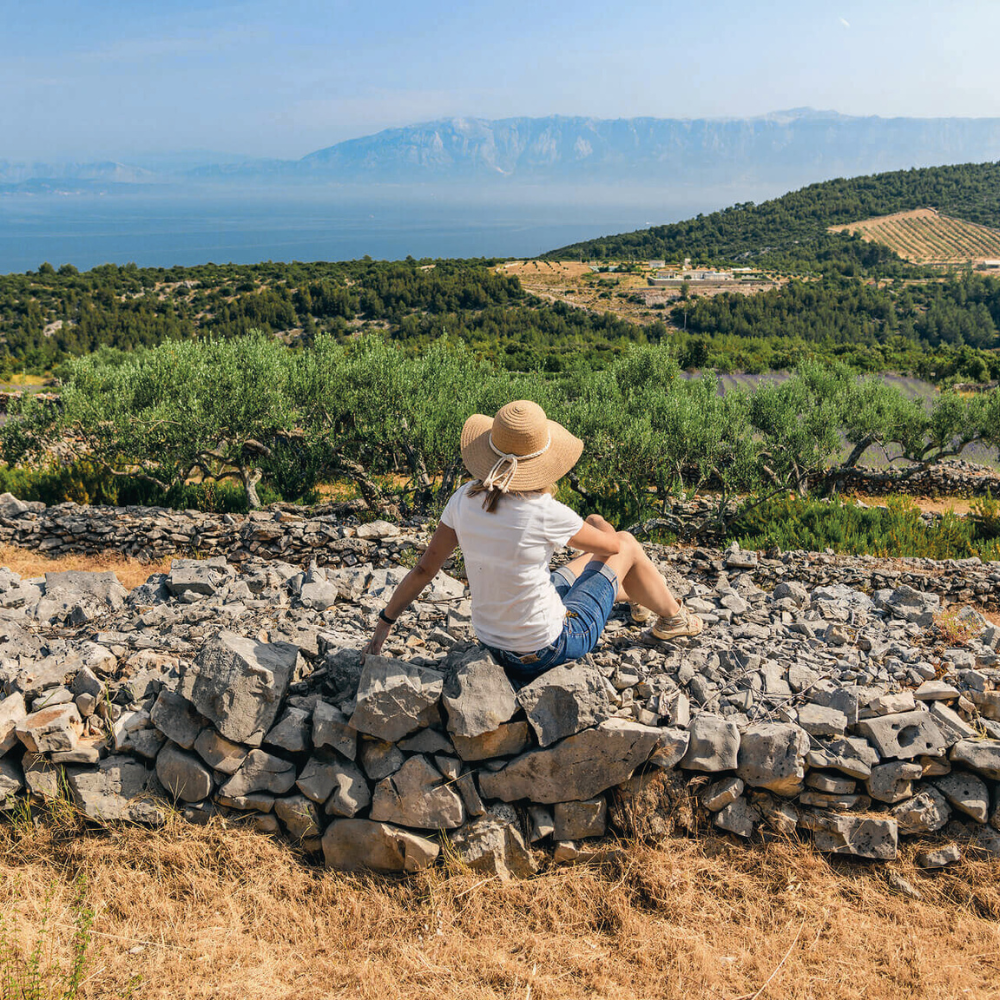
Zastražišće Village On Hvar: A Step Back In Time
All About Hvar
Recommended Croatia Travel Articles
Discover MoreJoin The Hvar Away Community
Make sure you are the first to hear about our newest villas on Hvar, keep up to date with the latest island happenings, and win in our exclusive competitions.


